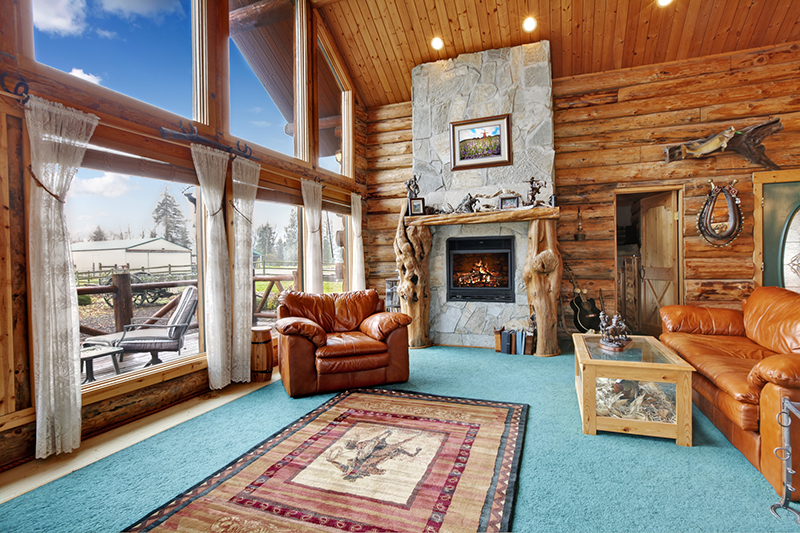
As the dream of owning a rustic log cabin nestled in the woods or perched on a serene mountainside becomes increasingly popular, log cabin financing for first-time buyers has become a subject of interest. While the allure of such a picturesque abode is undeniable, there are financial intricacies unique to log cabins that first-time buyers must grasp.
So, we’re here to explain the essentials of log cabin financing, helping you embark on your log cabin ownership journey with confidence.
Understanding Log Cabin Financing
Log cabin financing, much like traditional home financing, allows you to secure a loan to purchase or build your log cabin. It’s important to note that log cabins can vary significantly in terms of style, size, and amenities, which can impact financing options.
Here’s what you need to know:
-
Loan Types
First-time buyers can explore various loan types for log cabin financing, including conventional mortgages, FHA loans, USDA loans, and VA loans. It’s crucial to research and determine which loan suits your financial situation and the specific log cabin property you have in mind.
-
Log Cabin Location
The location of your log cabin can influence financing options. Remote or off-grid cabins may require specialized loans, such as construction-to-permanent loans, to accommodate infrastructure needs like utilities and road access. Be prepared for potential challenges when it comes to appraisals and inspections in remote areas.
-
Log Cabin Construction
If you’re planning to build your log cabin from scratch, you’ll need to consider construction loans. These loans provide funds in phases to cover construction expenses, and once the cabin is complete, they can convert into permanent mortgages. It’s essential to work with lenders experienced in log cabin construction financing, as log homes have unique construction requirements.

-
Down Payment and Credit Score
Like any home purchase, your credit score and down payment play significant roles in log cabin financing. Generally, a higher credit score and a substantial down payment can lead to better loan terms and lower interest rates. Saving for a sizable down payment is a prudent strategy for securing financing for your log cabin.
-
Maintenance and Insurance
Lenders may scrutinize your ability to maintain a log cabin. Ensure you account for ongoing maintenance costs in your budget, as neglecting your property can impact financing agreements. Additionally, obtaining adequate insurance is crucial, as log cabins can have distinct insurance needs compared to traditional homes.
-
Loan Shopping
Before committing to a lender, shop around and compare offers from different financial institutions. It is important to know the terms, fees, and interest rates that come with each option. Feel free to ask queries and demand clarification if you have any questions.
Conclusion
Owning a log cabin is a dream come true for many, but securing financing as a first-time buyer can be a complex process. By understanding the unique considerations involved in log cabin financing, including loan types, location, construction, down payments, appraisals, maintenance, and insurance, you can navigate this journey with confidence. With the right approach, you can find the perfect log cabin and financing solution that suits your needs and preferences.


